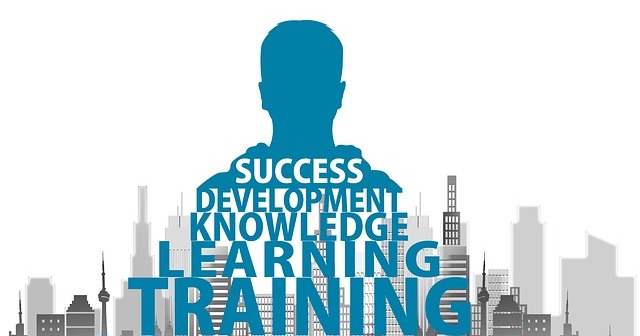In the 1800s the world of education was very different from today. In many parts of the country, especially in rural areas, first through eighth grade was taught in a one-room school house.
Teachers were expected to teach multiple subjects (with an emphasis on reading, writing and arithmetic), as well as keep the stove fire burning in winter.
At the same time, public schools in New York ran the gamut from segregated to parochial to open-to-all. The African Free School, which was founded in 1787 and expanded greatly after New York abolished slavery in 1827, to schools “for poor white children of any religious background whose family was unable to afford private, paid education” run by The Free School Society.
Teachers reflected the characteristics of their student body.
But, teachers were not expected to: attend all-staff trainings; coordinate parent-teacher conferences; purchase equipment and supplies for the classroom using their own money; participate in active shooter drills and deal with their own evaluations being tied to students’ test results.
The list could go on. Teaching is a job that, at some point, morphed into a time consuming profession with significantly more time spent in activities that were not, specifically, teaching.
The Department of Education reported that in the 2011-2012 school year, “On average, regular full-time teachers in both public and private schools spent 52 hours per week on all school-related activities, including 31 hours per week that they were paid to deliver instruction to students during a typical full week. Both groups of teachers were required to work 38 hours per week to receive their base pay.”
Teaching is even harder in urban schools that are underperforming. Many teachers, especially those new to the classroom, report feeling ill-equipped to meet the needs of their students and the demands of the job.
The result is that teacher burnout is real and attrition rates are high, especially at schools where student needs are the greatest. That is, high poverty, low performing, schools. If the student population is historically underserved the problem is even bigger.
Teaching Matters, where I serve on the Board of Directors, is working to address the needs of teachers and improve their ability to do their job well.
As their website states:
Teaching Matters is dedicated to increasing teacher effectiveness, one of the most critical factors in student success. Our services transform how educators work together at urban public schools, helping the most effective teachers develop the skills they need to lead their peers and drive school-wide improvement. We also partner with school leadership to create a work environment that equips teachers to succeed in the classroom.
The organization does this through several programs specifically designed to meet the needs of today’s teachers.
The flagship program is Teacher Leadership Matters. Relying on teacher teams called Professional Learning Communities (PLCs), Teaching Matters works with school leadership to identify the most effective teachers, and help them develop their own skills as well as lead their peers in school-wide improvements.
There’s also a program specifically for emerging teachers, which is a critical focus if we are going to find, and retain, great teachers in our underserved schools. Subject specific programs, which target literacy, writing and math, also support teachers who have students that struggle with the basics.
Every person who has succeeded in life has a story about a great teacher. If today’s students are going to do well, and be successful, we need to make sure that they, too, have great teachers and those same stories to tell years from now.







